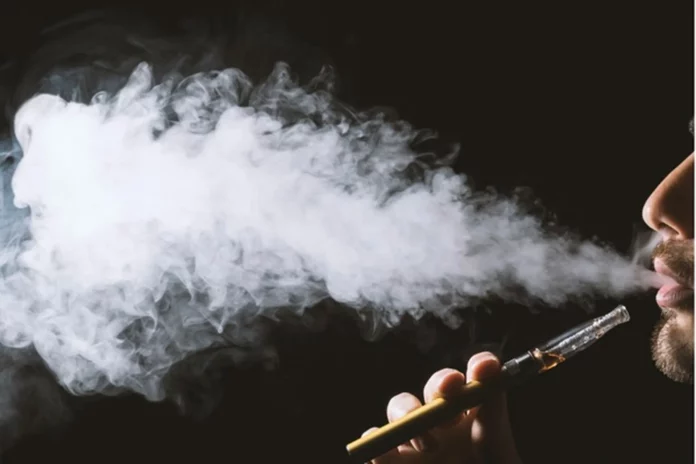What Does Vapor Mean?
Vapor, in the context of modern technology and consumption habits, refers to the gaseous form of substances that are usually in a liquid or solid state at room temperature. In recent years, vaporization has gained popularity, particularly with the advent of electronic cigarettes and vaping devices. This article delves into the world of vapor, shedding light on vaping as an alternative to smoking, highlighting key differences between the two, and addressing health and safety considerations.
Vaping vs. Smoking: Unveiling the Distinctions
Common Differences Between Vaping and Smoking
- Combustion vs. Vaporization: Smoking involves the combustion of plant material, such as tobacco, which produces smoke. In contrast, vaping entails the vaporization of a liquid or solid substance, often containing nicotine or other compounds.
- Inhalation Process: Smokers inhale smoke directly into their lungs, while vapers inhale the vapor that is created by heating the substance in an electronic device.
- Odor and Residue: Smoking leaves a distinct odor on clothing, breath, and in the surrounding environment, whereas vaping typically produces a less noticeable odor and leaves minimal residue.
- Nicotine Delivery: Both smoking and vaping can deliver nicotine to the user. However, vaping offers the flexibility to choose different nicotine strengths or even opt for nicotine-free options.
- Variety of Flavors: Vaping provides a wide range of flavors, allowing users to customize their experience. This diversity of flavors is not typically available in traditional smoking.
Health and Safety Considerations
Potential Benefits of Vaping
- Harm Reduction: Vaping is often considered a less harmful alternative to smoking due to the absence of combustion, which reduces exposure to harmful toxins and carcinogens found in smoke.
- Smoking Cessation Aid: For some smokers, vaping has been used as a tool to transition away from traditional cigarettes, potentially assisting in smoking cessation efforts.
- Control Over Nicotine Intake: Vaping devices offer various nicotine strengths, allowing users to gradually reduce nicotine consumption if desired.
Health Risks and Safety Precautions
- Chemical Exposure: While vaping is generally considered less harmful than smoking, concerns have been raised about potential long-term health effects. The inhalation of certain chemicals and additives used in e-liquids may pose risks that require further research.
- Device Safety: It is important to use reputable and regulated vaping devices to ensure safety. Proper maintenance and adherence to manufacturer guidelines are crucial to prevent accidents or device malfunctions.
- Youth and Non-Smoker Prevention: Vaping among youth and non-smokers has raised concerns. It is essential to educate and enforce age restrictions to prevent initiation and potential nicotine addiction among vulnerable populations.
Conclusion
Navigating the World of Vapor Responsibly
Vaporization, through vaping devices, has emerged as an alternative to traditional smoking. Understanding the distinctions between vaping and smoking is essential for informed decision-making. While vaping may offer potential benefits as a harm reduction tool and smoking cessation aid, it is crucial to consider health risks, device safety, and the prevention of youth and non-smoker initiation. Responsible usage, proper device maintenance, and ongoing research will contribute to a better understanding of the long-term implications of vaping. As the world of vapor continues to evolve, it is important to approach it with caution, mindfulness, and an emphasis on individual health and safety.





